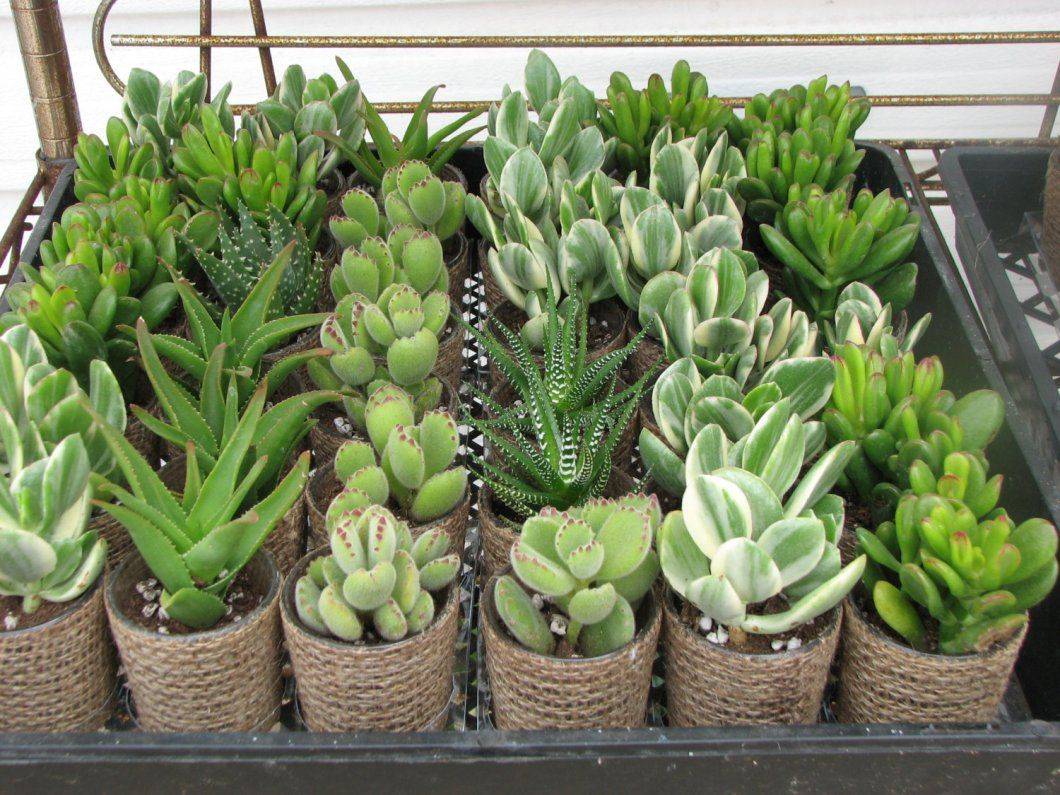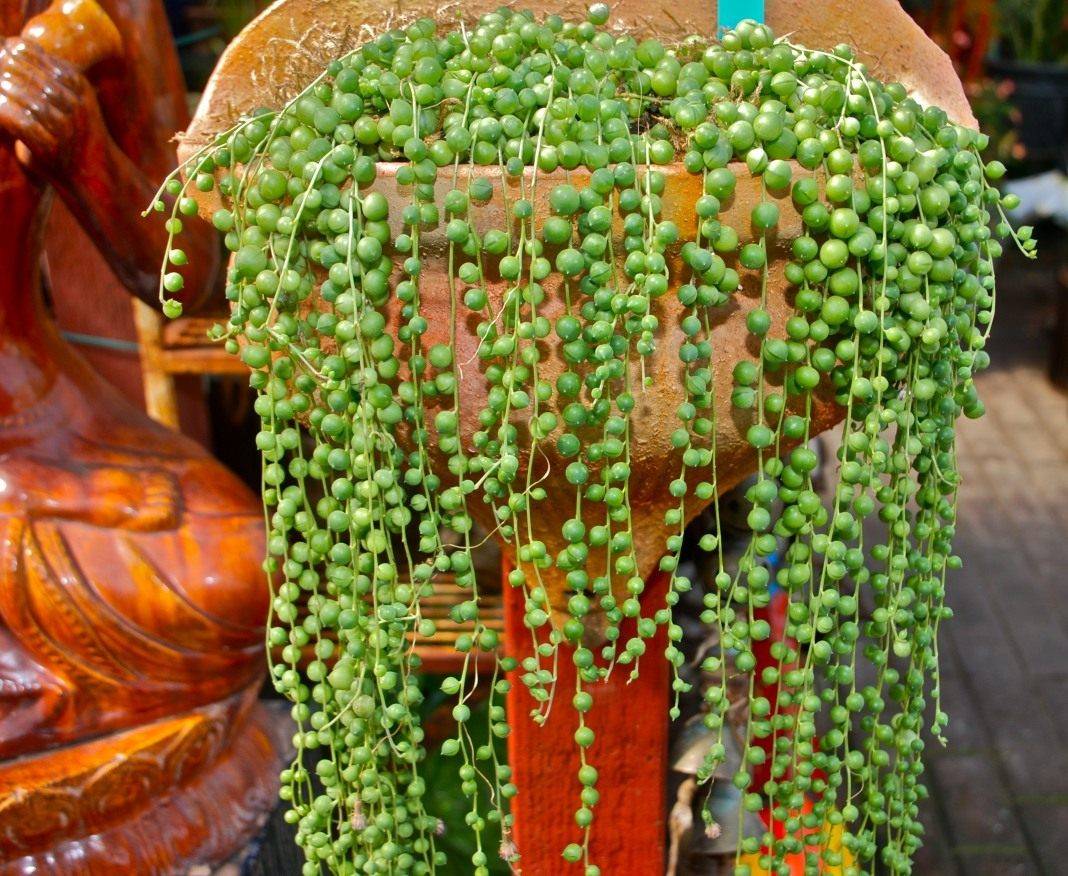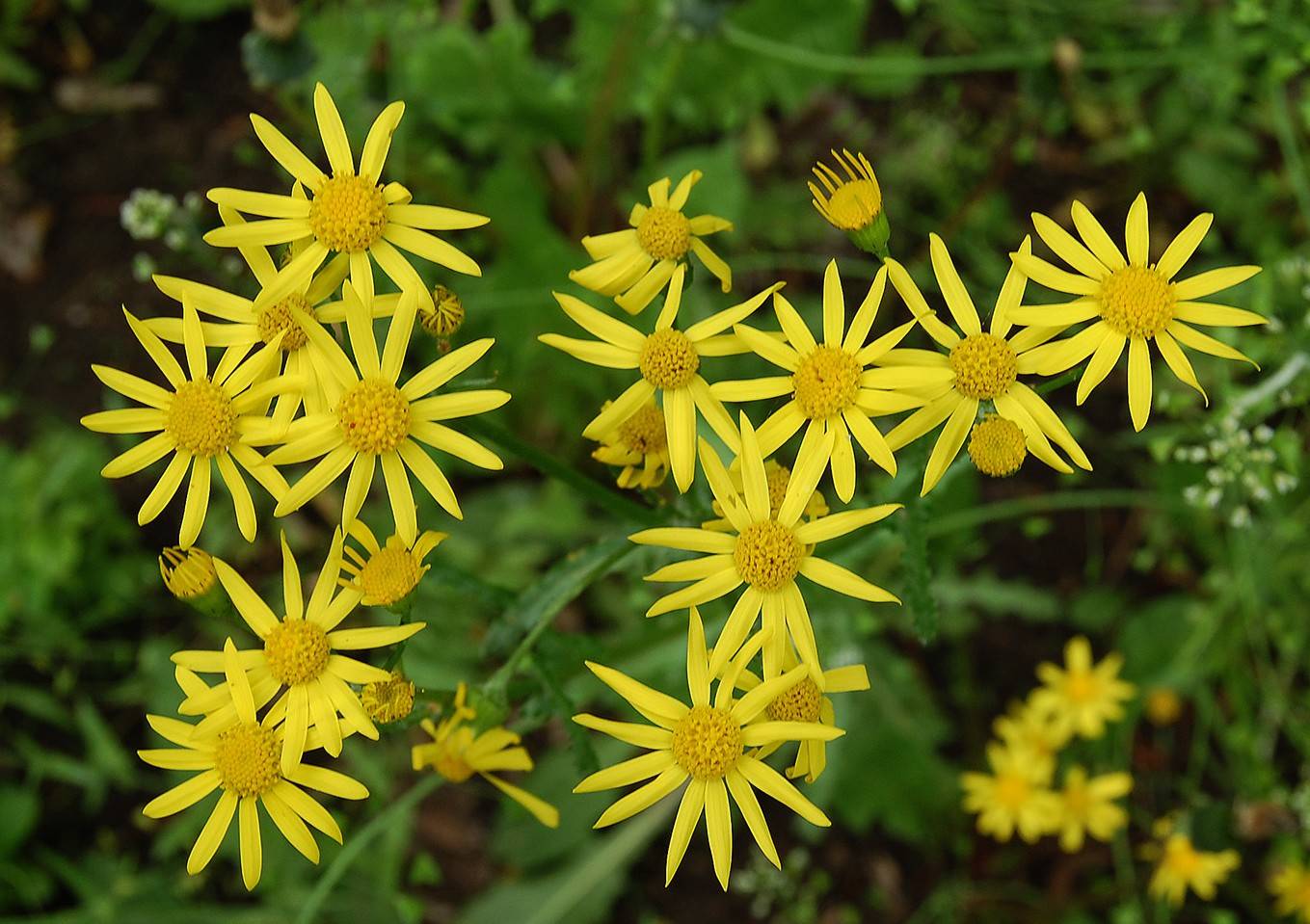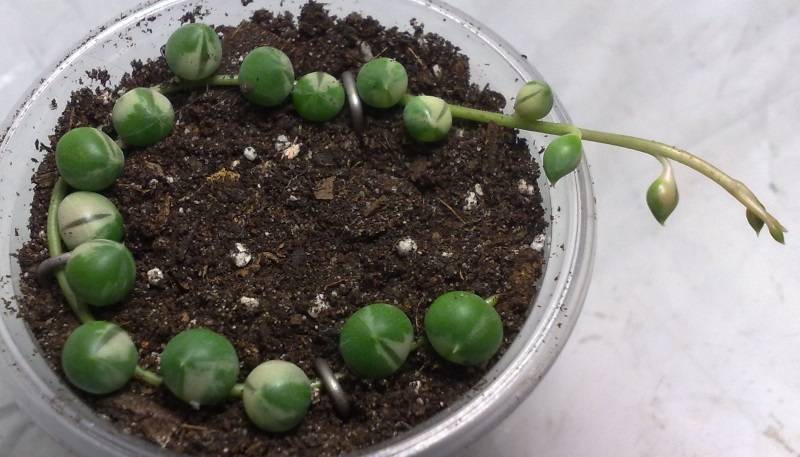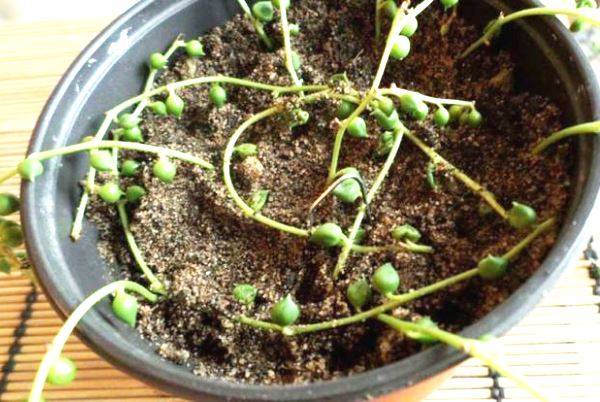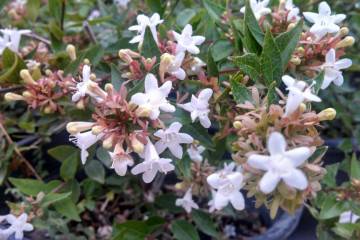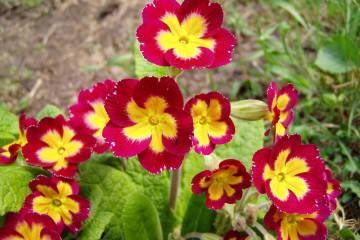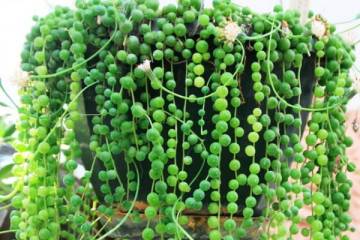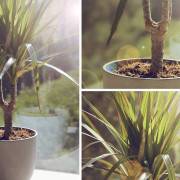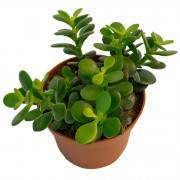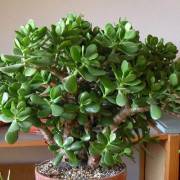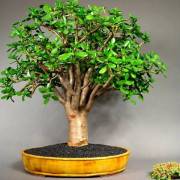Rowley's Rustic: Home Care and Breeding Methods
Content:
The rose flower is an unusual ornamental plant native to Africa. You can rarely meet him in Russian homes. Despite the fact that the groundwort is a succulent and is completely unpretentious in cultivation, not all growers decide to breed it.
The main types of rosemary and their description
Ground plant (Senecio) is a plant that combines several dozen different varieties. The species belongs to the biological genus Asteraceae. Visually, the plant is a thread on which beads of green color and different sizes are strung.
Rowley's godson
Home care is not fundamentally different from other cultures. The succulent has a delicate light green color, the diameter of the globular leaves does not exceed 6 mm. The homeland is considered to be Africa, the Namib Desert.
The plant is a flowering plant. With the onset of May, small white flowers are formed, which visually resemble a dandelion. They emit a pleasant unsaturated aroma. Indoors, it is grown due to its unusual decorative qualities and rich color of the shoots.
Rowley variegated
It is a species of common succulent with slight visual differences. The peculiarity of the culture is that its "pearls" shimmer with several shades of green.
Senecio Vulgaris belongs to the ground cover plants, due to which it is able to form lush bedspreads. In the wild, it grows in some regions of Africa, in mountainous areas with no rainfall.
The leaves are spherical in shape and consist of many layers that retard the evaporation of moisture. The structure is fleshy and quite dense. The stems curl and look most advantageous in ampelous form. The shoot length can reach 1 meter.
Large-reed rootwort
The large-reed rug is a vigorous evergreen liana, the size of the leaves of which reaches a length of 8 cm.The color can be uniform or variegated, and there are also representatives with yellow-white stripes and various blotches. The sheet plate has a triangular shape.
The main vein is dominated by red shades, and the petiole is purple. The central part of the leaf is slightly convex, which visually creates a tongue effect. The culture blooms in winter or early spring with numerous and at the same time miniature light yellow flowers. This plant is also poisonous.
Spring groundwort
This plant is a variety of the nivyankolisty rushwort. Plant height reaches 45 cm. The root system has a fibrous-rod type of structure. There are also several erect stems with arachnoid pubescent structure.
The leaves are light green in color, the lobes are serrated. During flowering, medium-sized yellow flowers of a tubular and pseudo-ligate shape are formed.In the wild, they grow in North Africa, Asia and some European countries. Prefers places along carriageways, on sandy meadows and hillsides.
Other varieties
A large number of different varieties of succulents are common as decorative pot plants. The most popular are:
- The flat-leaved groundwort is a perennial herb with a grayish-brown rather thick rhizome and a ribbed stem.
- Yakov's farmer, he is also a meadow flower. It is a perennial poisonous herb. The root system is highly branched. In height, the culture can grow up to 100 cm.It is found both naked and heavily pubescent. Ovoid leaves are collected in a rosette. During flowering, a corymbose panicle is formed, which consists of a large number of miniature yellow baskets. When the crop fades, seeds are formed with sticky hairs and a lush tuft.
- Rustic ash or Jacobian seaside. It is formed in the form of a shrub or semi-shrub no more than 60 cm high. The plant is incredibly attractive and very poisonous. In the wild, it grows on the Mediterranean coast. The forming yellow flowers visually resemble daisies.
- Herrein's groundwort (Senecio Herreianus) is an attractive succulent plant with unusual bead-shaped leaves. The leaves are visually very reminiscent of gooseberries. Sometimes the plant is also called nail. Shoots can be up to 1 m long. Mainly grown as an ampelous ornamental plant.
- The groundwort is blue or Senecio Talinoides. The plant can reach a height of 45 cm. The leaves have a bluish color and visually resemble a pointed pencil up to 10 cm long. Growing actively, this representative of succulents forms a dense and lush carpet. With the onset of summer, it blooms with nondescript white flowers. In the wild, it grows in South Africa.
- Marsh plant is a rare culture that is listed in the Red Book. During flowering, yellow inflorescences are formed with a diameter of no more than 2.5 cm. The erect stem has a height of no more than 2 cm. The root system is formed by a powerful and creeping. Blooms in July and August, and begins to bear fruit in late summer and early autumn.
- The rhomboid variety is a perennial rhizome polycarpic. The height of erect stems can reach 2.5 meters. The leaves are broadly ovate. The basal leaves are larger than the upper ones and their size reaches 30 cm, and the upper leaves are no more than 8 cm. The scutellum-paniculate inflorescences are formed from a large number of miniature yellow flowers. In the wild, it grows in mountainous areas.
You can also turn your attention to the bloody, whole-leaved, erucolic variety, as well as Cineraria, Plantarium and Macroglossus.
Home care
The groundwort is a plant from the group of succulents, and they are known to be unpretentious. It's easy to look after them. But, if you do not even fulfill the minimum, indoor plants will quickly wither and disappear.
Lighting level and temperature
In the summer months, the most suitable temperature regime for all plant varieties is + 20-28 degrees. In winter, the plants go into a dormant state, so the optimal mode is + 10-15 degrees.
Plants are light-requiring, but do not like direct sunlight.
Watering and humidity
For optimal growth and development, the plant practically does not need water. Even in winter, when the heaters are turned on, which mercilessly dry the air, the plant will not disappear.
In the hot months, it needs regular, but not abundant watering. It is important not to overdo it, otherwise the root system will start to rot.
With the onset of late autumn and winter, the frequency of watering depends on the air temperature in the room. In cool rooms, the optimal watering frequency is once a month.
Soil and top dressing
The most suitable soil in a particular case is the one that suits all succulents. Only additionally it is recommended to enrich it with perlite or crushed brick chips.
If the soil will be harvested independently, then peat soil, leaf humus, brick chips and sand are taken in equal quantities.
Plant transplant
Planting and transplanting of young plants should be carried out every year, it is better to replant adult crops with an interval of every 3-4 years.
The plant has a fragile root system and leaves, so the procedure must be carried out carefully:
- Pour the soil mixture into a new, clean container up to half.
- Remove the plant from the old pot, shake off the lumps of soil.
- Place the crop in a new pot and cover it evenly with earth, tamping down a little at the end.
- Water immediately and abundantly, then water again after a few days.
Most of the representatives of these succulents are poisonous, so the procedure must be carried out in personal protective equipment - glasses, a mask and gloves.
Growth breeding options
Reproduction of representatives of the family can be carried out in three ways:
- stem cuttings (cuttings);
- layering;
- seeds.
The implementation of each method has its own characteristics, which you should familiarize yourself with before proceeding directly with reproduction.
Cuttings
In order to propagate a culture with stem cuttings, it is necessary to prepare shoots of at least 5 cm each. They are planted in separate or one, but large pot.
The observations of flower growers have shown that if the planting material is planted in one container, then the plants develop faster and bloom more luxuriantly. As a rule, after a week, the cuttings start up the first roots. The soil must be constantly moistened.
Layers
The step-by-step algorithm is quite simple. It is necessary to press one stem from the mother plant to the surface of the soil and fix it. The soil should always be moist. After a short amount of time, the layers will release the roots.
Common groundwort - the plant is not only attractive, but when used correctly, it is a storehouse of vitamins and minerals. Due to their rich chemical composition, some varieties are actively used in medicine.
